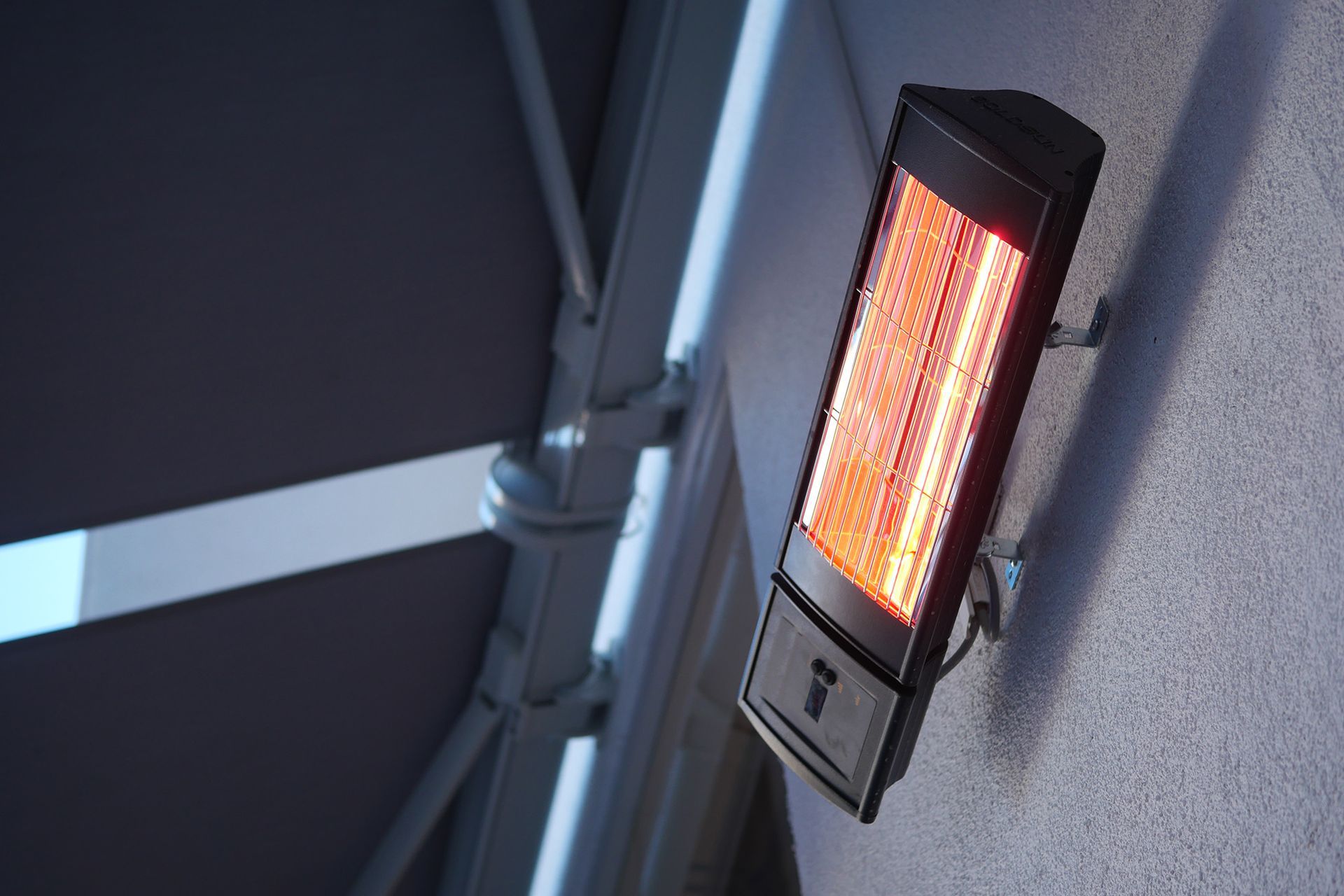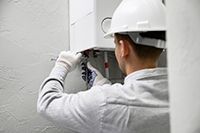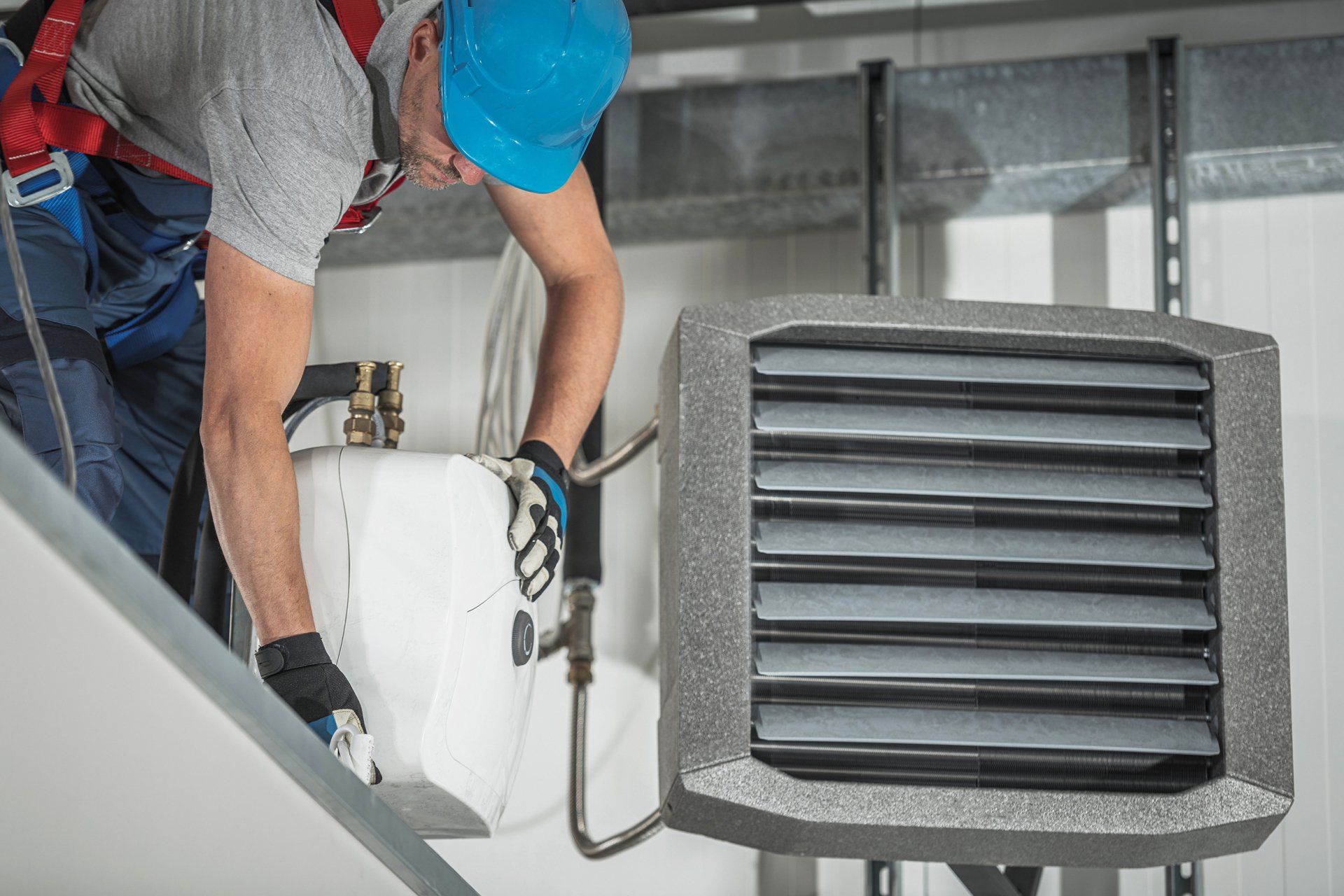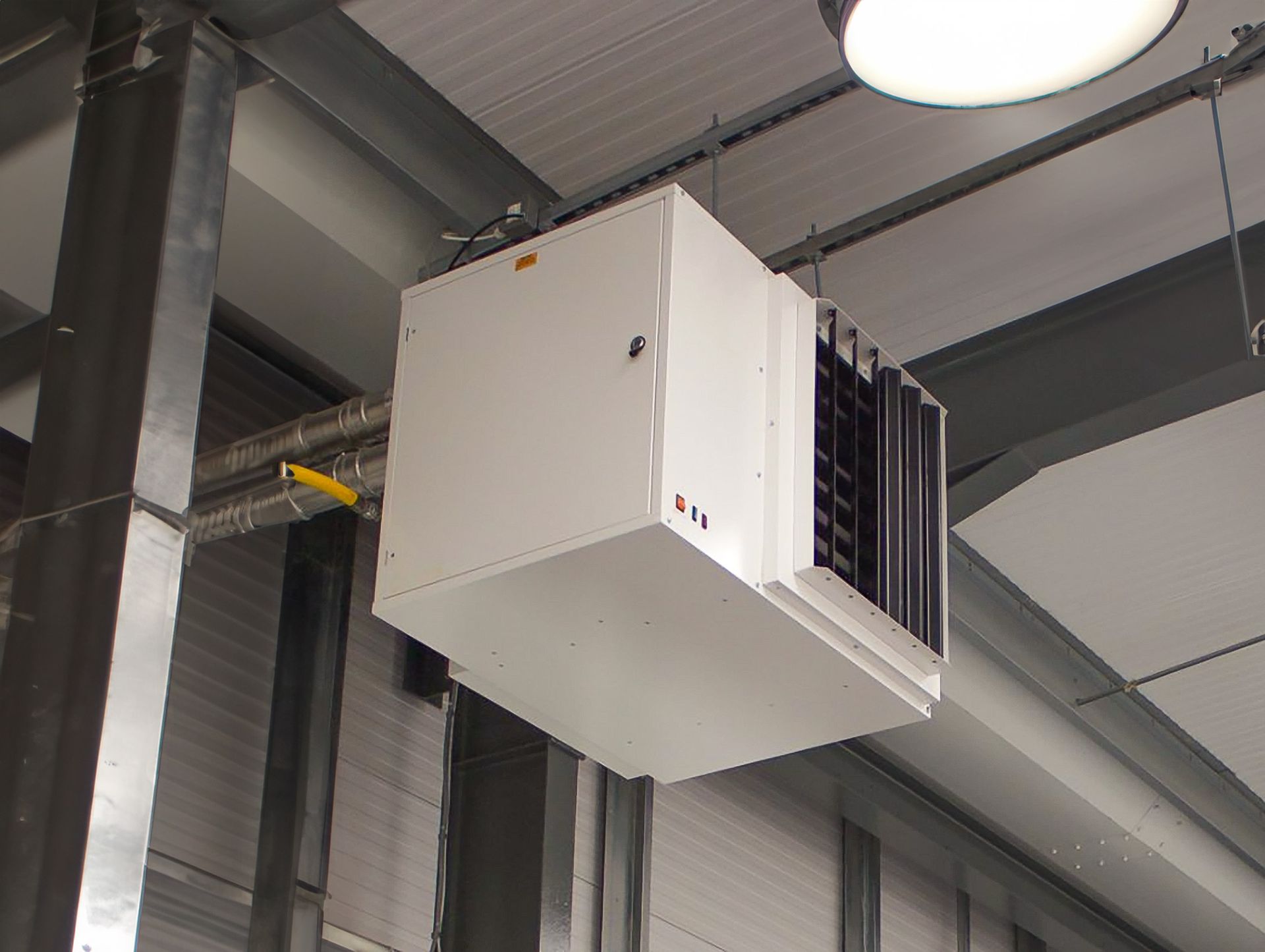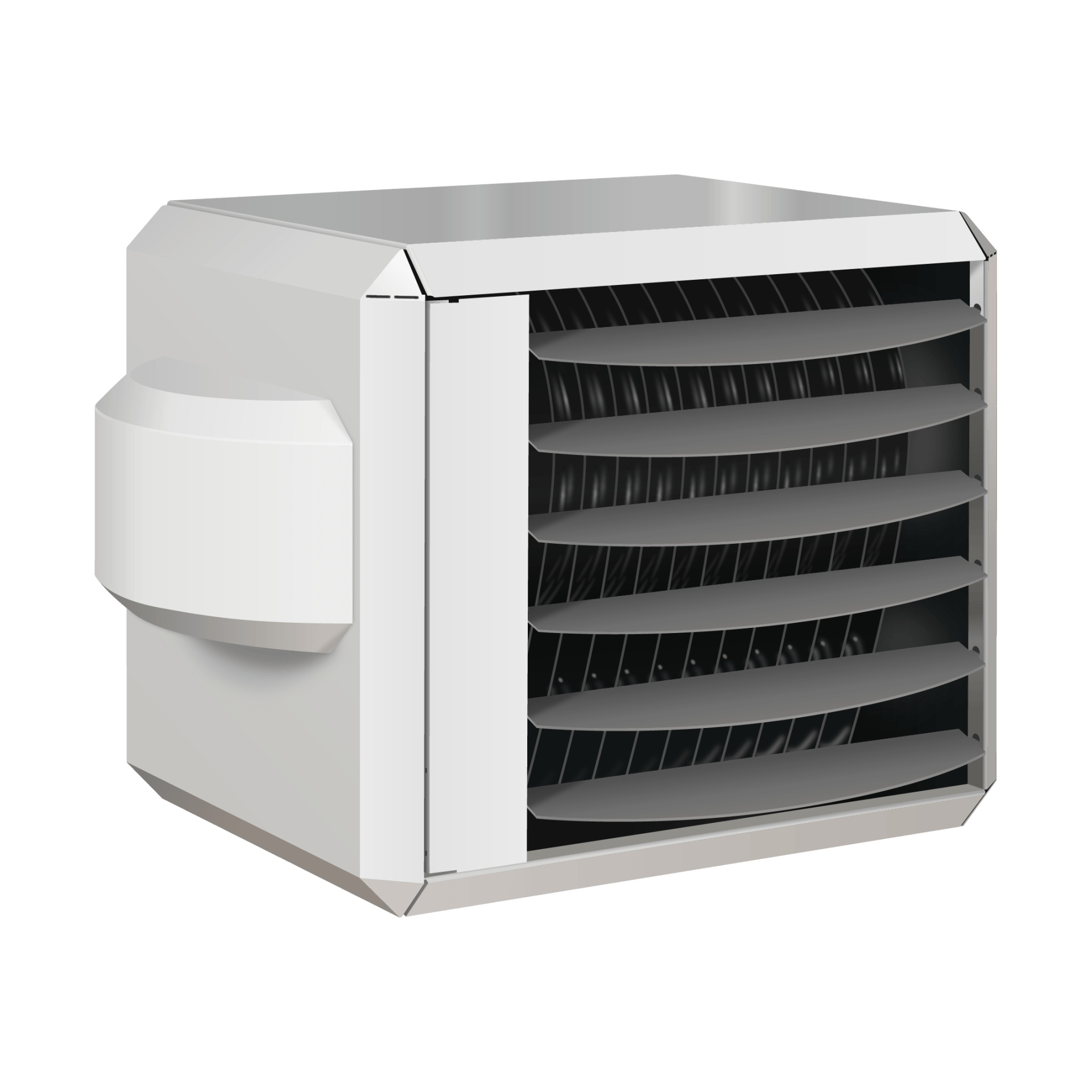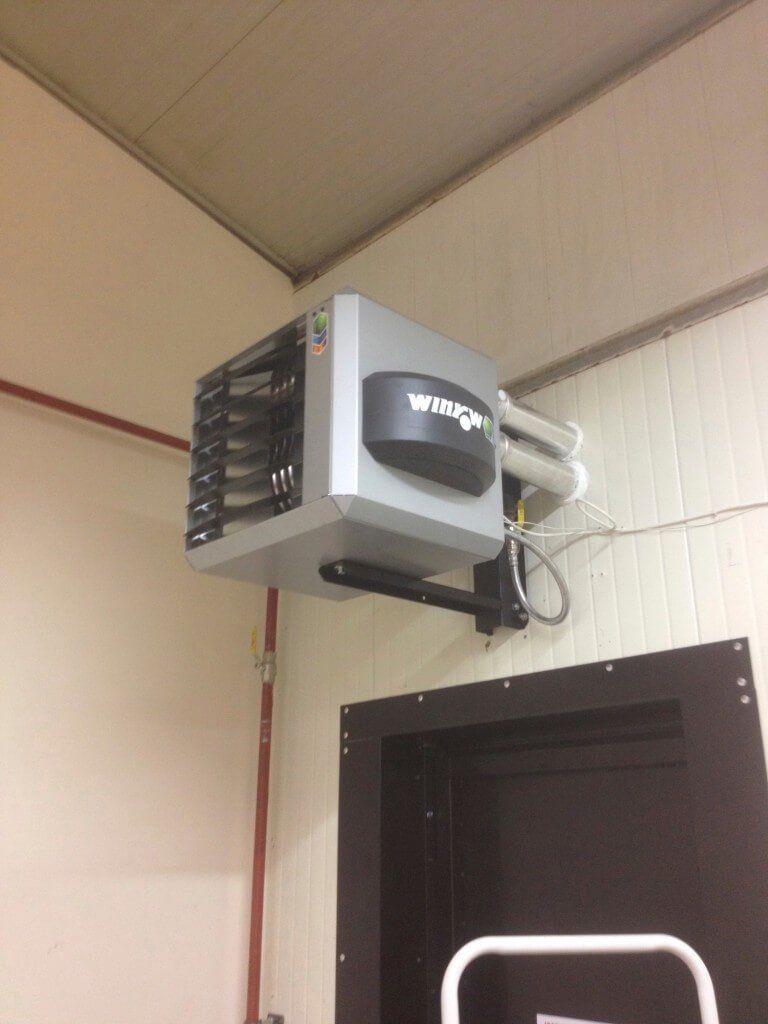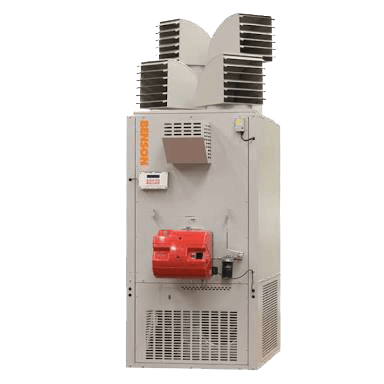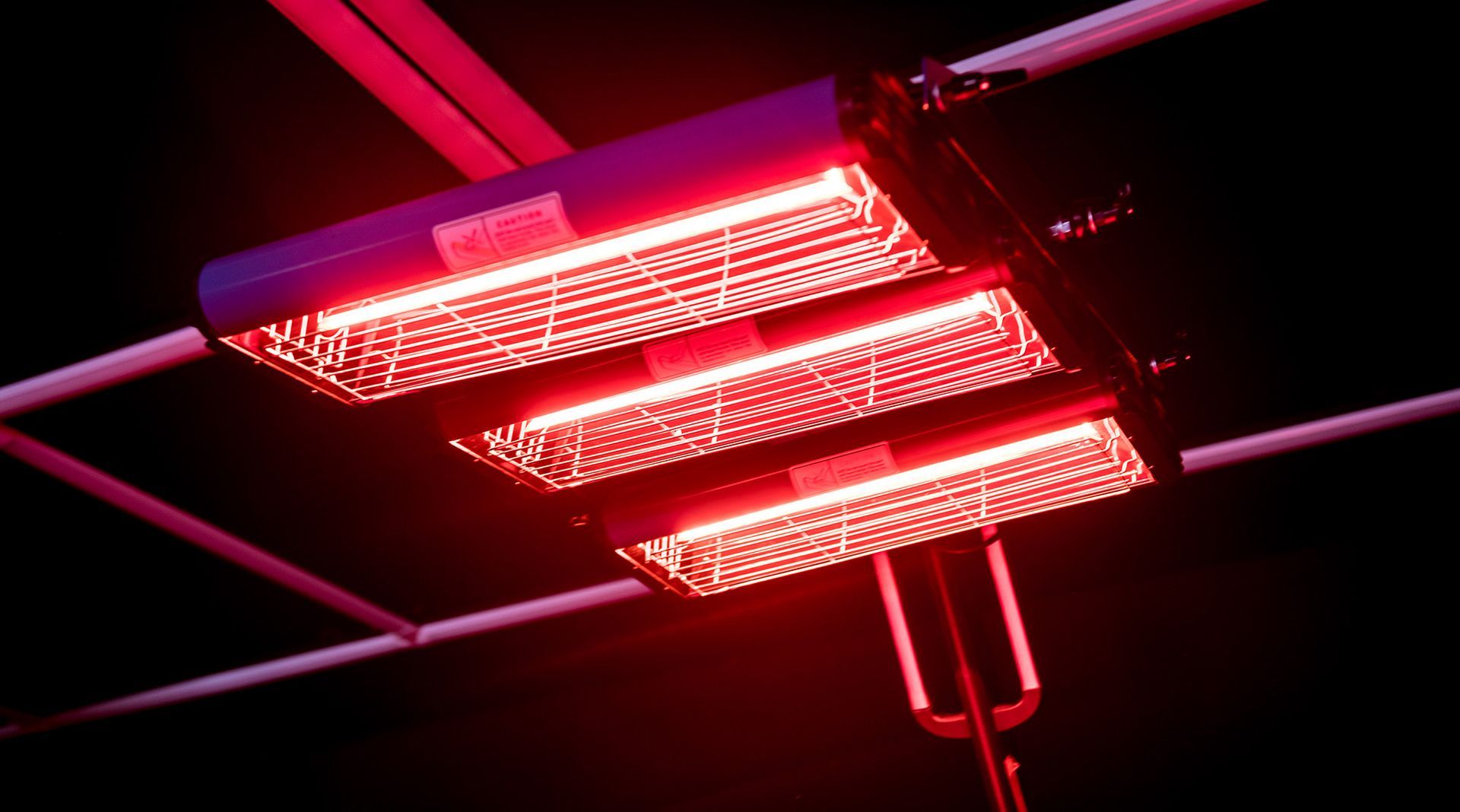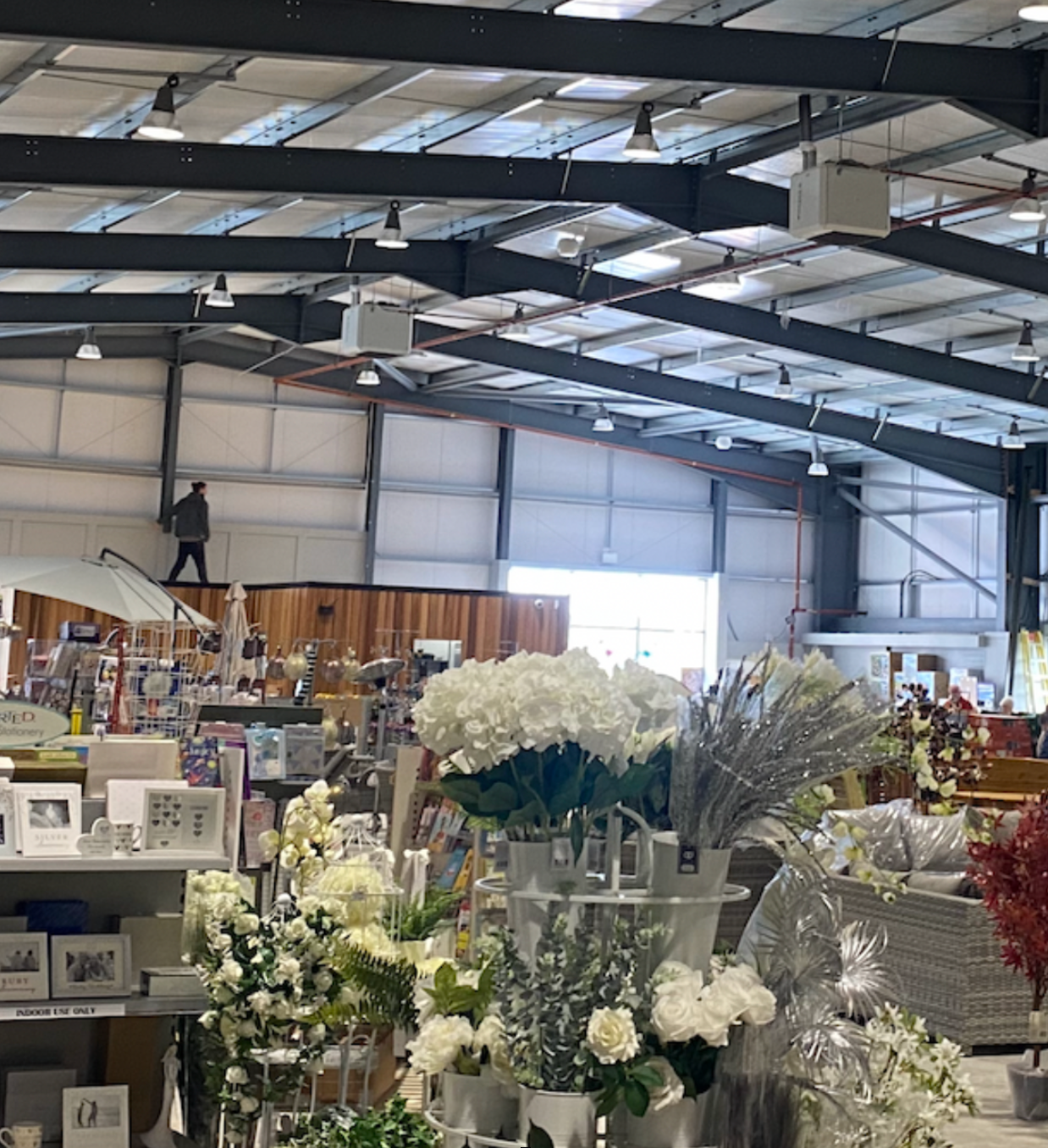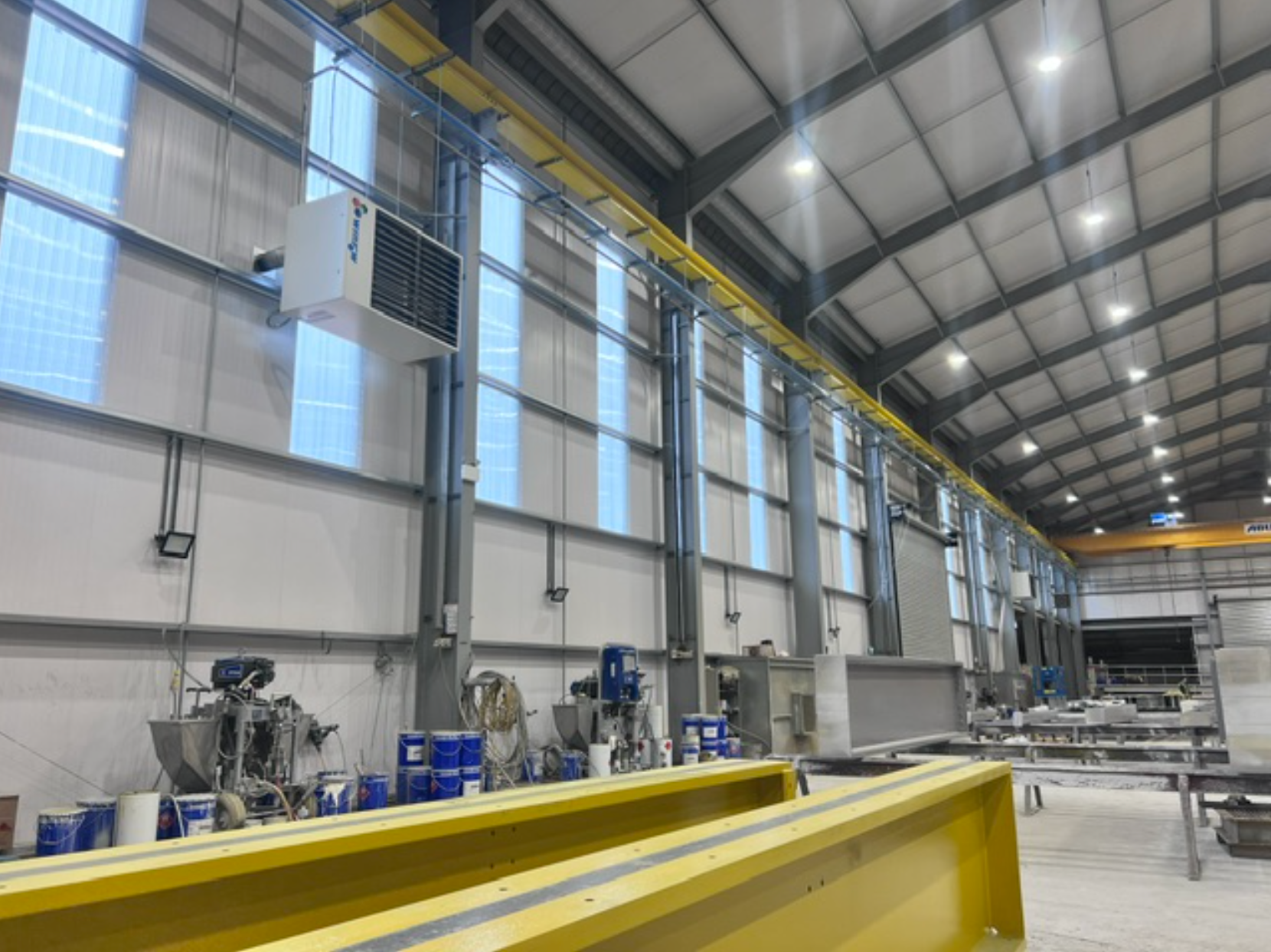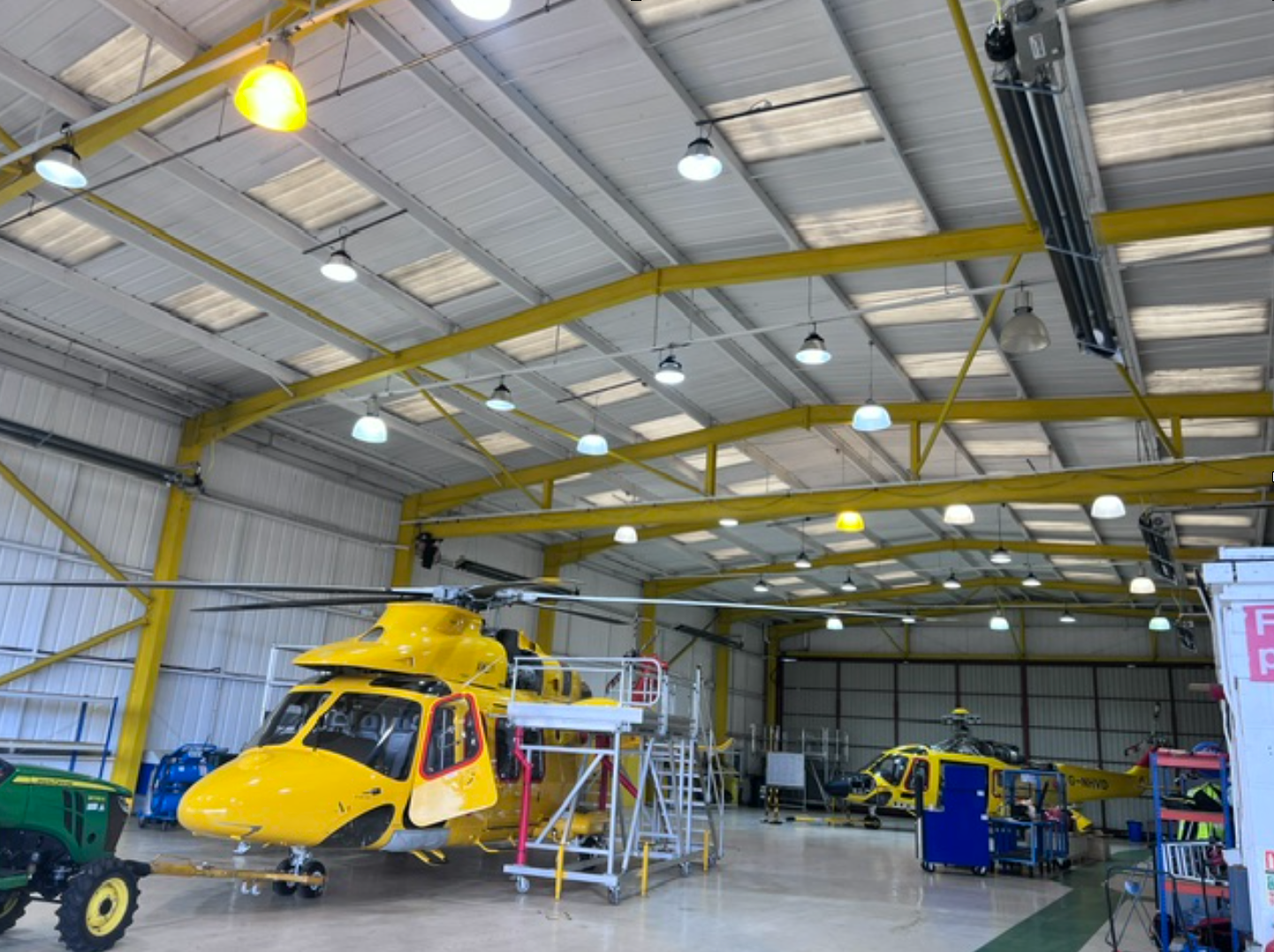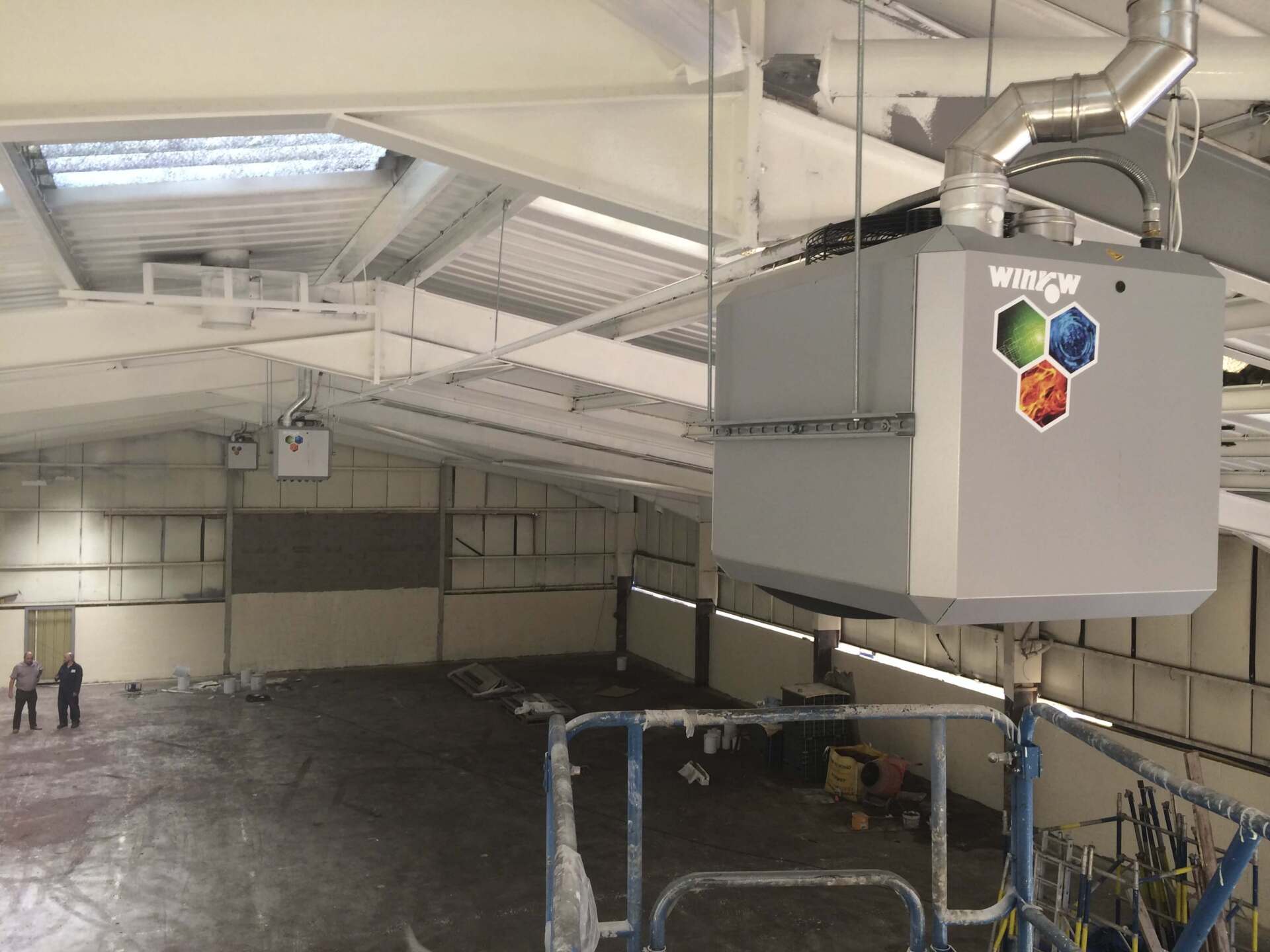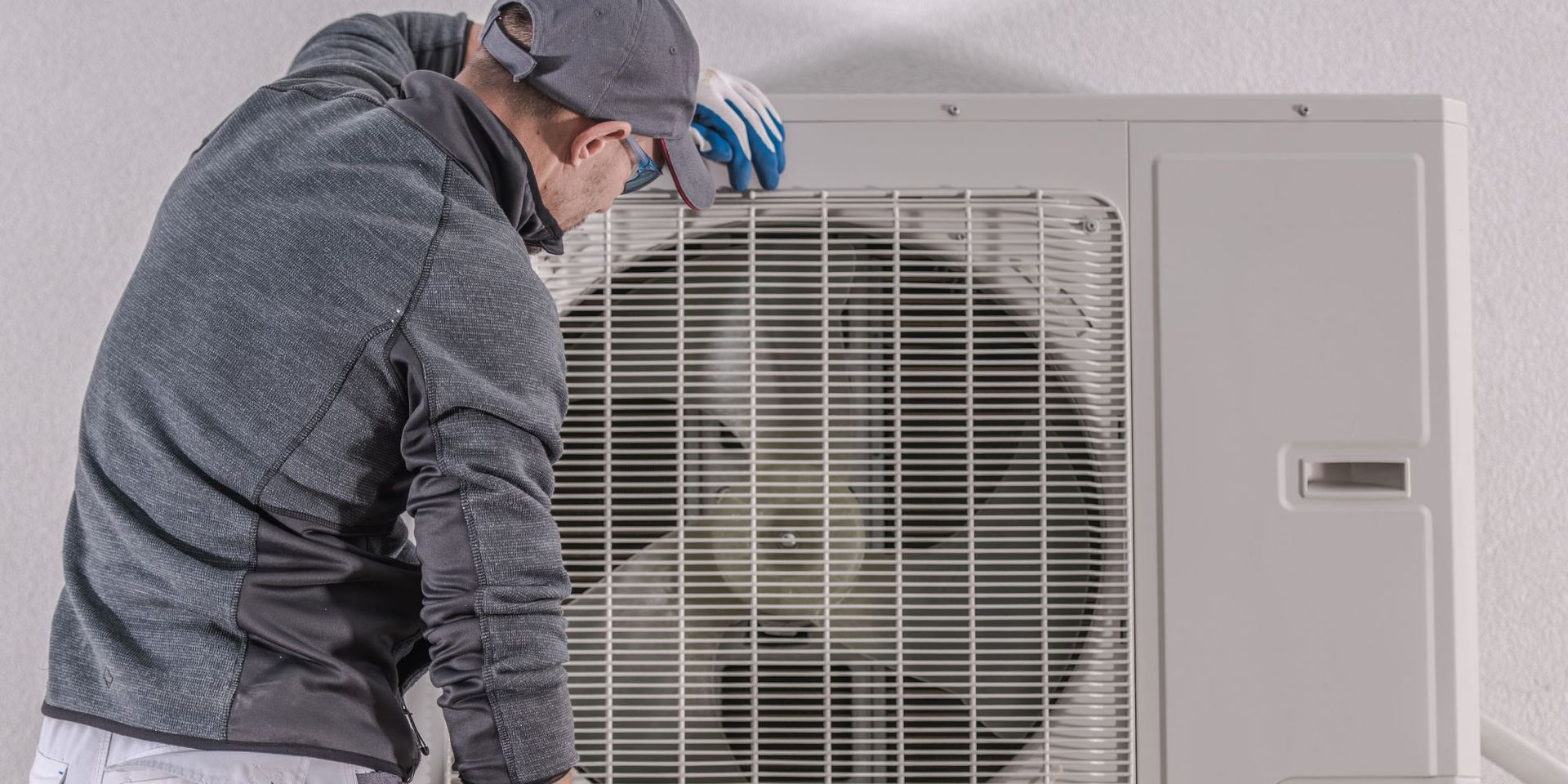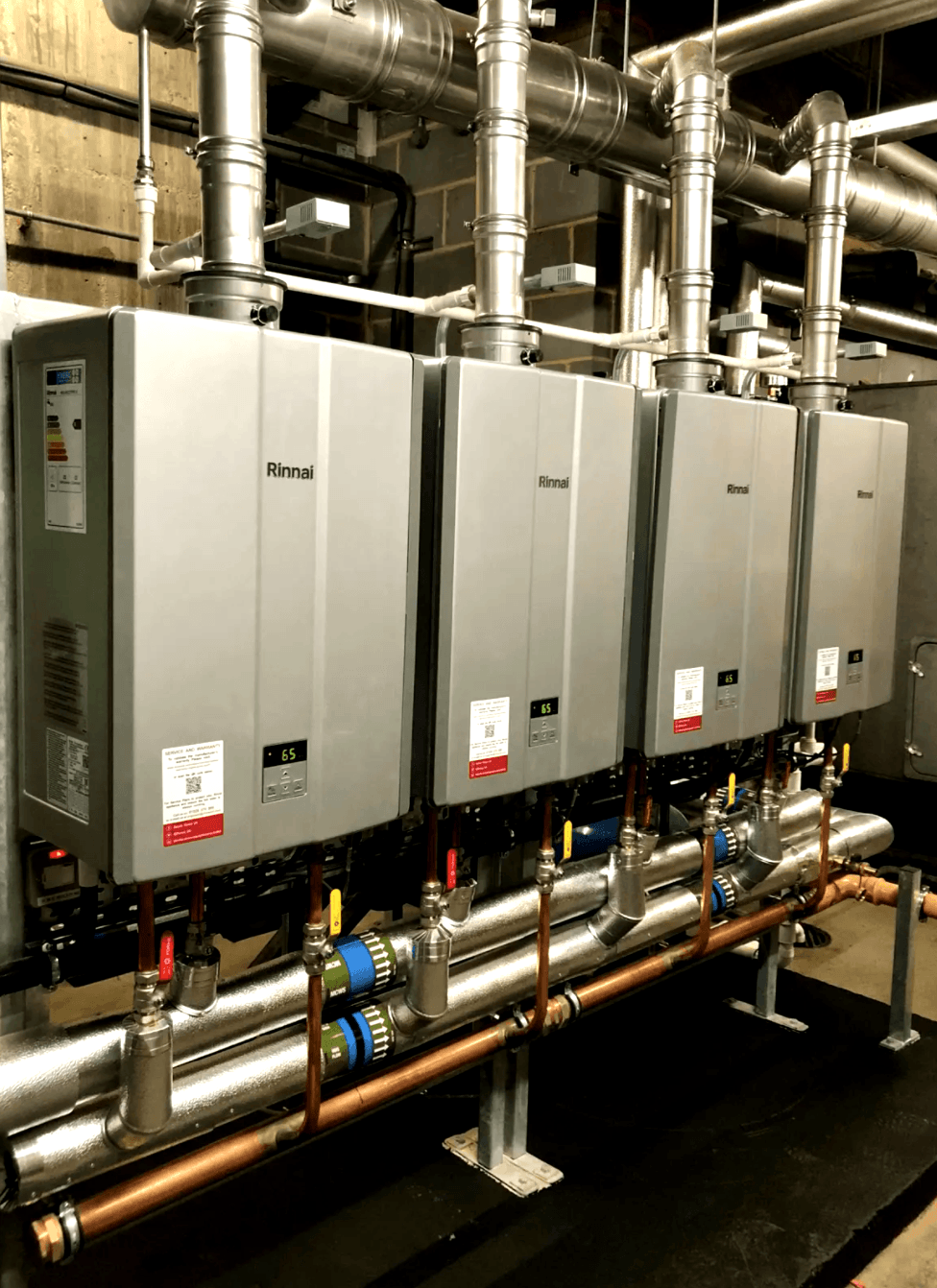How To Heat Large Spaces Efficiently
With industrial buildings like warehouses and factories, it's not always easy to be mindful of both cost efficiency and energy usage., whilst also considering the Workplace Regulations 1992, which dictate employers must keep the workplace at a “reasonable” temperature. Because the legislation around this topic is vague, employers must make a call on what they deem to be an acceptable temperature. the Approved Code of Practice suggests the ideal office temperature should be at least 16 degrees Celsius, or 13 degrees Celsius if the work requires a lot of physical activity.
With winter being harsher than ever, you may find yourself wondering how to heat your large space efficiently.
Keeping costs low while lowering carbon impact and offering a pleasant working environment for employees may be quite daunting. Fortunately, there are cost-effective and low-carbon-producing solutions to keep your huge space adequately heated.
Compiling a process to follow when considering the best heating solution for your large industrial space.
Choosing a type of heater
Warm air
Warm air heaters, unlike central heating systems, heat a room by circulating a constant stream of warm air, raising the ambient temperature. Warm air heating systems are available in natural gas, propane, and oil. LPG is the most cost-effective out of the three fuels because to its high levels of both heat and efficiency.
With warm air heaters, you have a lot of options for how to set them up. But the most important factor is where you put the heater or heaters. At Winrow, we can send someone to look at your industrial property so they can help you figure out what will work best for your needs.
Radiant
Radiant heaters work by heating objects using radiation. Most often, this is done by suspending tubes or plaque heaters which contain a heated bar. The heat from the bar then increases the temperature of objects around it using infrared radiation. Any object that becomes heated in this way then acts as a secondary heater, providing another source of heat. Radiant heaters are usually powered with electricity.
Radiant heaters warm people and objects rather than the air around them. This type of heating is more energy-efficient as it only goes where needed.
Select a system for the heaters.
Suspended Heating
By having heaters suspended from the roof, you won't have to worry about them taking up valuable floor space or getting damaged. These units are also easy to take care of because they don't require a lot of maintenance.
Floor-Standing Units
Freestanding units may be positioned to produce heat where it is most needed. Apart from the fact that they are placed on the ground, these robust and durable devices provide more mobility and also give heat closer to the earth, allowing them to heat a space far faster than roof mounted counterparts.
Then, select a heating system.
Ducted Heating
A single ducted heating unit may be used to cover a large area. Warm air is delivered via a number of insulated, ducted vents. The system is managed by a thermostat that can be adjusted to the desired temperature, allowing you to adjust how much heat is produced.
Air is transferred into the heating unit, warmed, and then sent back out into the atmosphere. Ducted heating is one of the easiest and most effective ways to heat a large space. You can make it even more energy-efficient by properly installing and sealing the ducts, as well as regularly cleaning the filters. Not only that, but it's also much safer since there are no exposed heating elements or flames - making it ideal for busy workplaces where people are constantly moving around.
We provide all of these systems and have considerable expertise in installing them for a wide range of settings. We offer low-cost service with professional guidance for our clients. Please contact one of our advisors if you'd want to talk about it.
Share This Post.
Latest News | Winrow Industrial Heating
